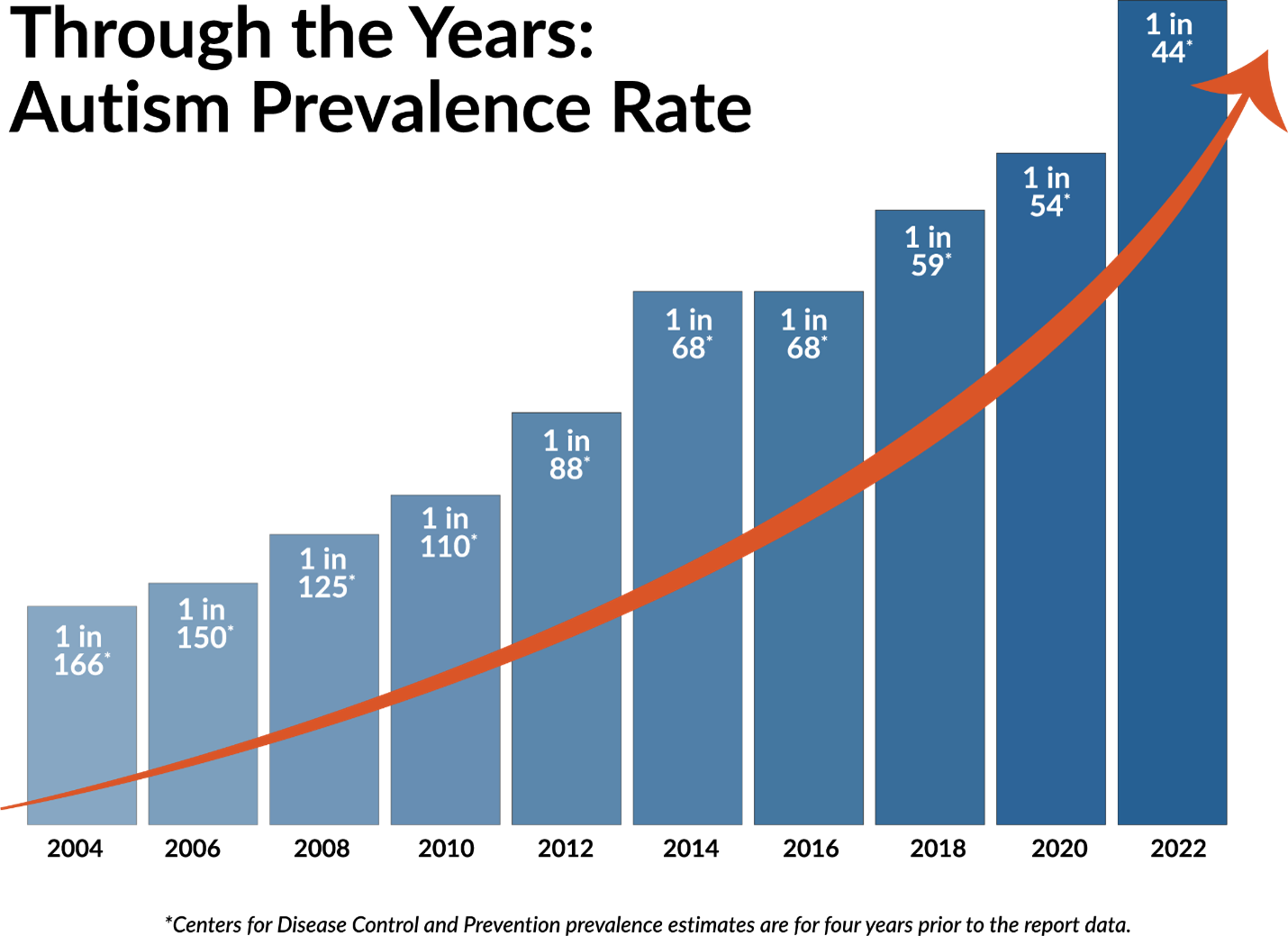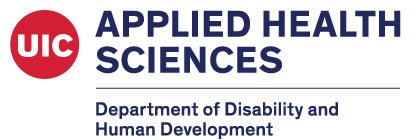How to be a good mother by Jake Ghar (2022); pictured is a mother holding her son tight both with eyes closed and smiling faces.
My Abuela, grandmother, always used to tell me “Take care of your mom, you only have one.” Of course, I understood how important my mom was to me; however, it didn’t really sink in until I saw the pain my mom went through after losing her mom. In many cultures, mothers take on the caregiver role for all their children and family members. They are dependable, caring, loving, and selfless. Mothers all around the world, give as much as they can to make sure their children are well taken care of. These demands often surpass one’s ability to do alone and are far more demanding for a mother caring for a child with a lifelong disability.
A qualitative study was done on Latina mothers caring for a child with and without an intellectual and developmental disability (IDD). What they found is that many Latina mothers from both groups are more than likely to be immigrants from low socio-economic backgrounds and have language barriers, but have a rich social support compared to non-Latina caregivers.2 These characteristics place Latina mothers in a position where they must work three times as hard to receive and provide support for their child. Many of these mothers are full-time caregivers for the rest of their child’s life into adulthood.
Services slowly start to decline after 18 years old and become more difficult to receive for children with IDD, but they are still available, nonetheless. However, the maternal care really falls off after a child turns 3 years old and ages out of early intervention where there has been increased support in providing maternal care for mothers that are more vulnerable to mental health struggles. The qualitative study determined that Latina mothers caring for a child with IDD are more than likely to be obese and experience depression, arthritis, hypertension, and overall, more poor health outcomes when compared to other Latina mothers of the same age.2 In addition, they reported that they are less likely to see a doctor or take advantage of respite care as it may distract them from caring for their child and feeling a sense of guilt.
It is important that as interdisciplinary healthcare professionals, we are also providing resources and supports to mothers, as they are most often the primary caregiver and can only provide lifelong support if they, themselves are healthy. By caring for the health of mothers, it will also reduce healthcare costs for both the mother and child and allow the child to continue to have their biggest advocate as they transition into adulthood.
As a student physical therapist, I have learned a lot about how important the biopsychosocial model is because it is a framework that integrates different aspects that influence a patient’s wellbeing. As individuals we are multi-dimensional and the communication between the primary and secondary patients’ teams are important. The teams do not only include their doctors, but also their family. We are only able to spend anywhere from 2-3hrs/week with patients, which is not enough to provide change in their lives; thus, the goal is to understand the patient/family needs and equip them best to implement change on their own. One of the beauties of working in physical therapy is that we often see the patient more than they see their primary doctor and maybe even some of their family members. We can build connections and understand the struggles they may be facing.
Being a LEND trainee has taught me to take advantage of these relationships and be an advocate for not only our patients but also their families. LEND has provided me with a ton of resources regarding disability that I would have otherwise never heard of. It has also allowed me to understand some of the family struggles, and I hope that I can provide resources and be a person that mothers can trust because we only have one.
Reference
1. Ghar Jake. How to Be a Good Mother .; 2022. https://ideas.hallmark.com/articles/encouragement-ideas/how-to-be-a-good-mother/ . Accessed 2022.
2. Magaña S, Li H, Miranda E, Paradiso de Sayu R. Improving health behaviours of Latina mothers of youths and adults with intellectual and developmental disabilities. Journal of intellectual disability research. 2015;59(5):397-410. doi:10.1111/jir.12139




















